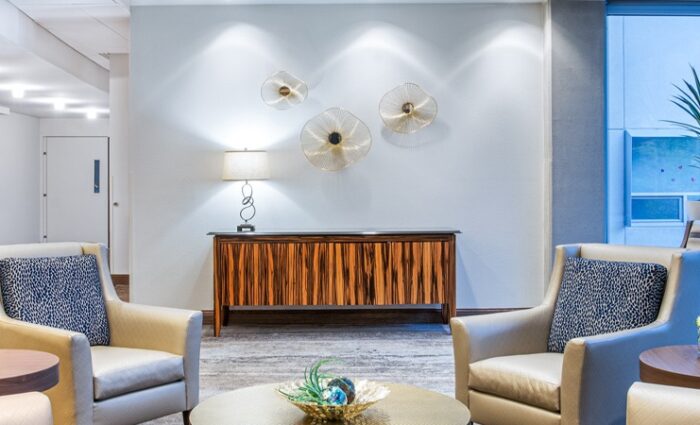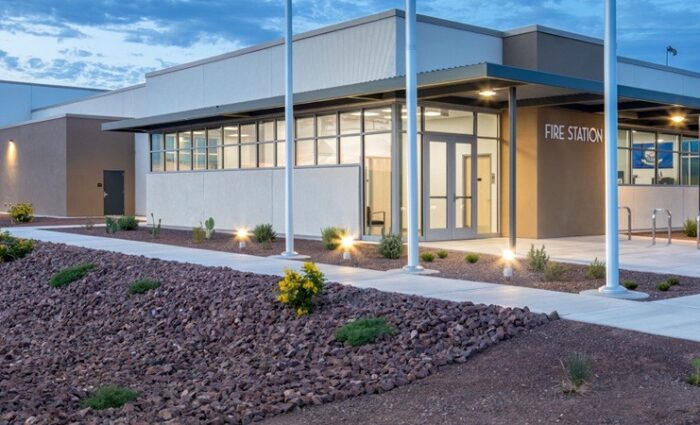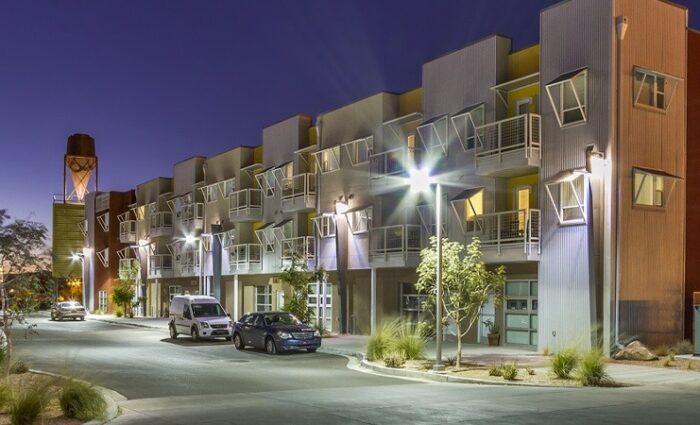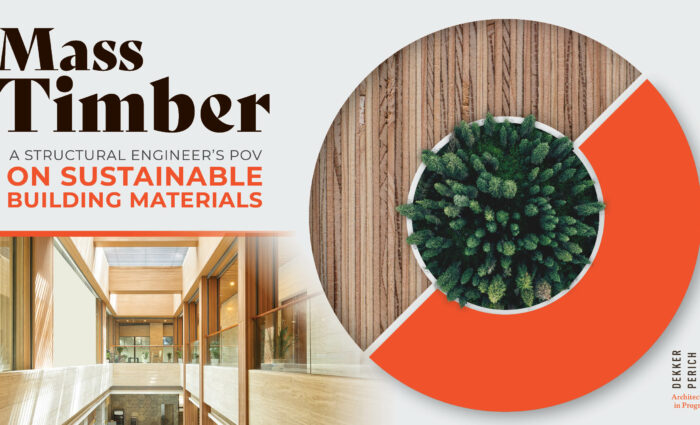Weaving Safety and Security into Every Building
Architecture’s role in providing people with peace of mind
People can’t thrive in their communities, schools, workplaces, and daily lives when they don’t feel safe. The built environment has a marked impact on overall quality of life. Architecture also plays a much larger role in providing feelings of safety, security, and crime prevention than most people realize.

Fostering Safety and Security Through Design
The concept of embedding safety and security in building design is personal to me. And, it directly influenced my trajectory towards becoming an architect. The way I looked at the built environment was forever changed in high school, by a violent bullying incident which took place before a required, early morning class. It was clear that the school's design could be improved to provide a safer, well-lit, observable space for its staff and students.
It goes beyond aesthetics or functionality; it involves a sense of responsibility and a commitment to safeguarding lives.
I obtained my NASRO Crime Prevention Through Environmental Design (CPTED) certification in 2014. Since then, I have used these concepts on countless projects. The thought that our efforts contribute to crime prevention, emergency response efficiency, and overall community resilience adds a significant layer of purpose to my profession.

Ensuring Architecture Helps Keep People Safe
So, how do we design in a way that supports public safety while giving people beautiful and unrestrictive spaces? Our design philosophy includes a human centered, problem focused approach. With this, we balance the needs of many different users within a space. We weave peace of mind and a sense of safety into the architecture, rather than overt and imposing displays of security.
One example is controlled access. Whether a school, apartment building, or a secure facility, there is almost always a need for different levels of access. In some spaces, that’s simply an entry vestibule that guides visitors in through a centralized area. In others, it could be strictly defined public zones and secured areas with tech-enabled identification for admission.
Striking the delicate balance between public safety, universal design, and occupant wellbeing:
UNDERSTANDING OF PRIORITY NEEDS
via direct engagement with clients and their communities
WELL-ROUNDED SOLUTIONS
through collaboration with clients, partners, + law enforcement
FLEXIBLE, RESPONSIVE DESIGN
by investigating past and similar projects
Through this approach, we also better support our clients in reaching their goals. Priorities often include building trust, effective use of public funding, and responsiveness to the community. There is no universal concern when it comes to design for public safety. Every location, user group, and building function has a unique set of conditions when assessed for safety. Our job is to understand those conditions and meet concerns with the most efficient use of funds, and the lowest impact to people's experience in a space.
The tangible impact of this work is deeply meaningful to DPS. Helping our clients, communities, and the people who spend time in our spaces by enhancing public safety, mitigating risks, and providing a sense of security is integral to our design process.
More Public Safety Projects and CPTED Work

City of Las Cruces Fire Station 3
The new City of Las Cruces Fire Station 3 replaces the existing station on an adjacent lot on North Valley…

El Paso ISD Irvin High School
In collaboration with El Paso Independent School District, we designed a renovation and replacement of Irvin High School. The innovative…

State of New Mexico Forensic Laboratory
A new forensic lab for the New Mexico Department of Public Safety comes to Santa Fe. The 45,000sf laboratory increases…
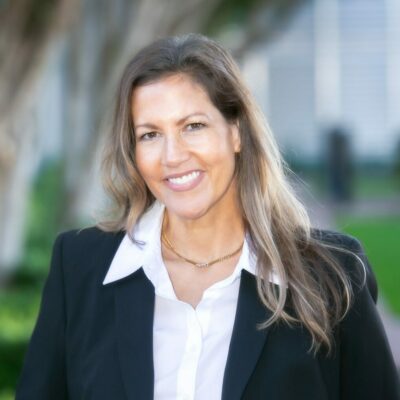
Read our minds.
Sign up for our email.
Related Content
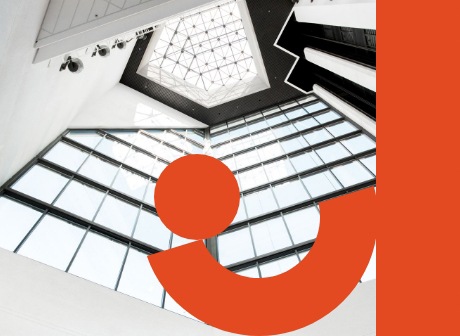
Buildings with more brains require less brawn.
DPS has a different design strategy when it comes to public safety.


